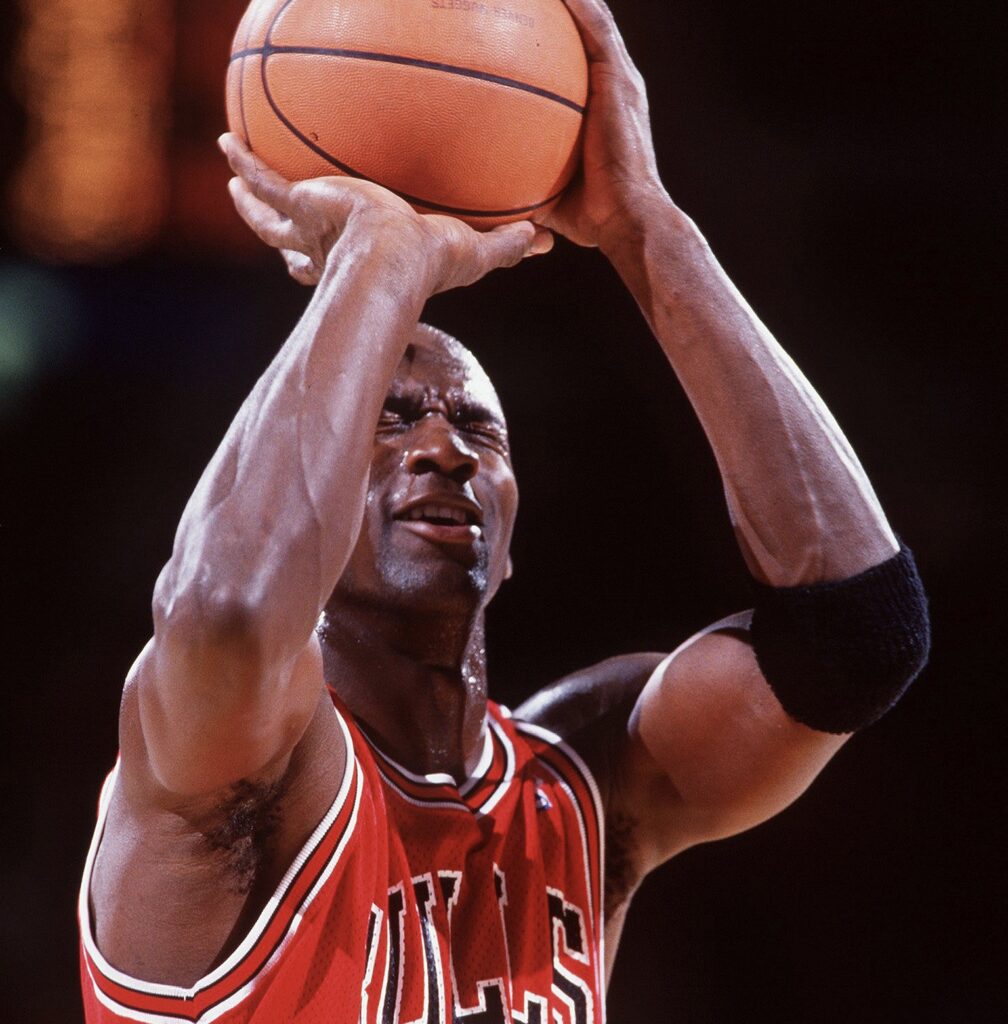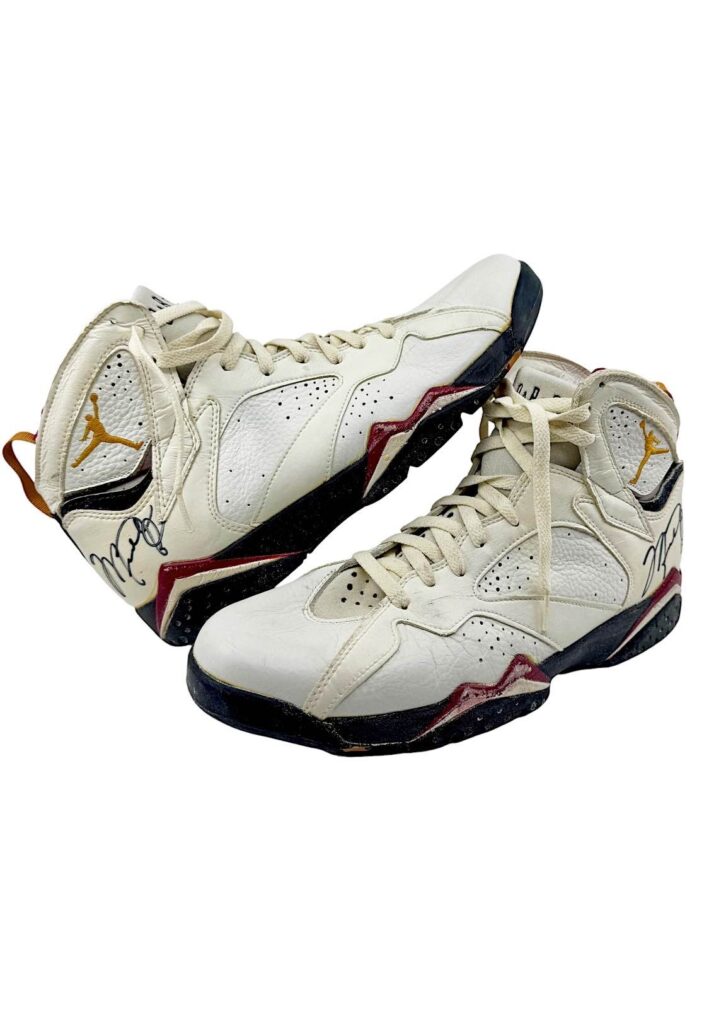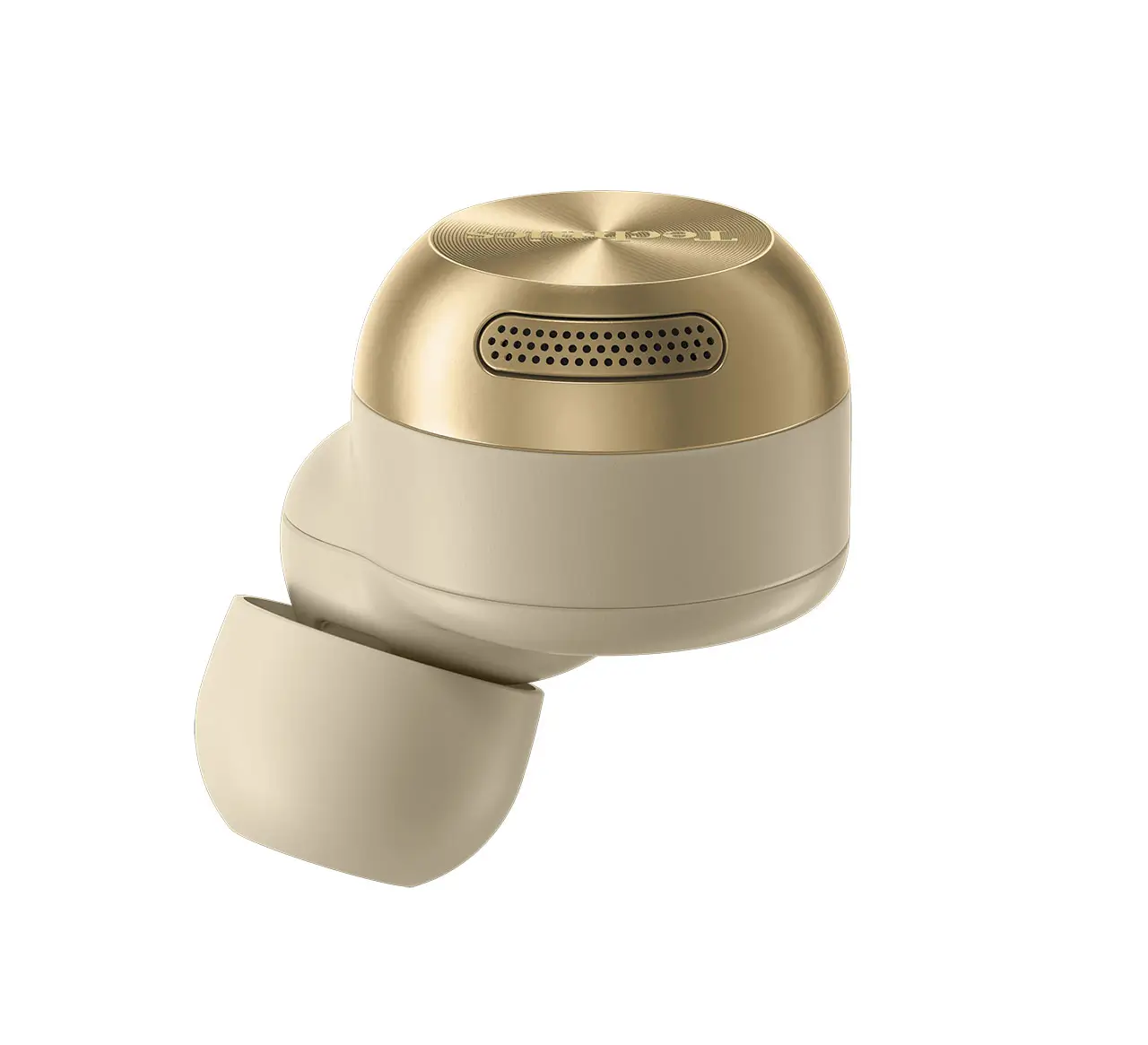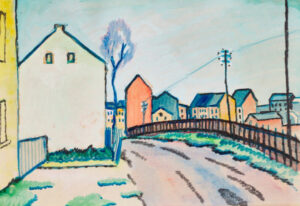Sotheby’s, the world’s most prestigious auction house, has put a new spin on the concept of blind bidding. At the pithy of this latest spectacle is not a painting, a rare diamond, or an antique manuscript, but a pair of sneakers. These are no ordinary sneakers, though—they are game-worn Air Jordan VIIs, laced and worn by Michael Jordan during a March 1992 game against the New York Knicks. What makes them extraordinary is their association with one of Jordan’s most iconic acts of swagger: the closed-eye free throw.
For decades, Jordan’s combination of dominance and charisma has defined what it means to be not just an athlete but a cultural phenomenon. Sotheby’s auction of these shoes crystallizes that intersection of performance, style, and legend, reminding the world that a moment of skittish audacity in 1992 can echo into today’s multi-billion-dollar shoe economy.
The Moment: Eyes Shut, Confidence Wide Open
On March 25, 1992, Jordan’s Chicago Bulls faced the New York Knicks. In a routine that turned into a highlight for the ages, Jordan stepped up to the free-throw line. Instead of the usual ritual of bouncing the ball, focusing, and releasing, MJ tilted his head back, closed his eyes, and calmly sank the shot. The crowd roared. The Knicks, already on the receiving end of a dominant Bulls performance, could do nothing but watch.
This wasn’t a one-off act of bravado. Months earlier, in November 1991, Jordan had pulled the same stunt against the Denver Nuggets. That game saw him taunt shot-blocking phenom Dikembe Mutombo from the line: “This one’s for you, baby,” he said before closing his eyes and draining the free throw. These moments weren’t just tricks; they were psychological warfare. Jordan, at the height of his powers, was showing that he could dominate the game even when handicapping himself.
The Air Jordan VII: A Sneaker With a Place in History
The shoes Sotheby’s is auctioning are Air Jordan VIIs, designed by Tinker Hatfield and first released in 1992. They represented a significant design shift for the Jordan line:
-
African art inspiration. The jagged midsole and colorful geometric accents drew from West African patterns, reflecting a global design influence.
-
Technology-driven. The shoe abandoned visible Air units and external heel counters, opting for a more streamlined, performance-driven silhouette.
-
Dream Team era. Jordan wore the VIIs during the 1992 season and the Barcelona Olympics, where the U.S. “Dream Team” cemented basketball’s global dominance.
By tying the VIIs to Jordan’s blind free throw, Sotheby’s transforms them from performance artifacts into mythological relics. They become both footwear and folklore, embodying Jordan’s unique mix of skill, confidence, and showmanship.
Sotheby’s and the Shoe Market
In the last decade, Sotheby’s has emerged as a surprising powerhouse in the sneaker resale and memorabilia market. What once seemed like a niche collector’s game has become a mainstream investment class. Air Jordans—especially those worn by Jordan himself—are treated like rare Picassos or Ming vases.
Some key precedents:
-
In 2020, a pair of game-worn Air Jordan 1s from 1985 sold at Sotheby’s for $560,000.
-
In 2021, Jordan’s rookie-year Air Ships went for a staggering $1.47 million.
-
Other players’ shoes, like Kobe Bryant’s and LeBron James’s, have also fetched high six-figure sums, but Jordan remains the pinnacle.
The blind-bid format only adds to the mystique. Just as Jordan shot blind and still made the basket, bidders must make their offers without knowing exactly what others are putting forward. It’s as much a psychological game as a financial one—fitting for a player who thrived on getting into his opponents’ heads.
Michael Jordan’s Swagger as Commodity
The sneakers themselves are valuable because of their rarity, but what Sotheby’s is really auctioning is Jordan’s confidence. The closed-eye free throw has become shorthand for the idea that Jordan was operating on a different plane. It wasn’t just about skill; it was about mind games. By wearing these shoes, Jordan demonstrated he didn’t need to see the hoop to dominate his opponents.
That aura of invincibility is what sneaker culture feeds on. The resale market doesn’t just chase rare designs; it chases stories. A pair of shoes with a narrative—be it a buzzer-beater, a championship, or an iconic moment of swagger—commands infinitely more than a deadstock pair sitting on a shelf. The Air Jordan VII in this Sotheby’s auction embodies that principle.
The Cultural Crossover: From Hardwood to Heritage
Jordan’s influence was always bigger than basketball. By the early 1990s, he was as much a cultural figure as a sports star. The Air Jordan line was already revolutionizing the sneaker industry, bridging performance and streetwear. His commercials with Spike Lee, his global branding through Gatorade and McDonald’s, and his dominance with the Bulls made him an icon even for people who didn’t follow basketball.
Moments like the blind free throw became cultural memes before memes existed. They represented the audacity and dominance of a player who seemed untouchable. Decades later, in an age where every highlight is instantly shared on social media, Jordan’s moments feel like precursors to the viral age. Sotheby’s auction taps into that nostalgia, letting collectors own a tangible piece of what feels like both history and myth.
Beyond the Auction: What This Means for Collecting
The Sotheby’s listing is about more than just one pair of shoes. It reflects how sports memorabilia has matured into a legitimate alternative investment category. Sneakers, once dismissed as fashion or fad, are now archived, insured, and displayed in museums. They are artifacts of cultural history.
For Jordan collectors, this auction is particularly meaningful because it connects to the man’s mythology. Anyone can buy a pair of retro Air Jordan VIIs at retail. But only one collector will own the pair that touched the court in 1992, that absorbed the sweat of a legend, that bore witness to one of the NBA’s most audacious moments.
Eyes Closed, Value Wide Open
Sotheby’s auction of Michael Jordan’s game-worn Air Jordan VIIs isn’t just about sneakers. It’s about a moment, a mindset, and a mythology. Jordan’s closed-eye free throw remains a symbol of supreme confidence, an act that transcends sport and becomes cultural folklore.
By putting these shoes up for blind bid, Sotheby’s cleverly mirrors Jordan’s own daring. Just as he didn’t need to see the hoop to know the ball was going in, bidders don’t need to see others’ offers to know the sneakers are worth it. They are worth whatever someone is willing to pay for a piece of history, a piece of confidence, and a piece of Michael Jordan himself.
In the end, these sneakers are more than leather and rubber. They are time machines, transporting us back to a night in 1992 when the greatest player in basketball history proved he could do it all—even with his eyes closed.
No comments yet.









